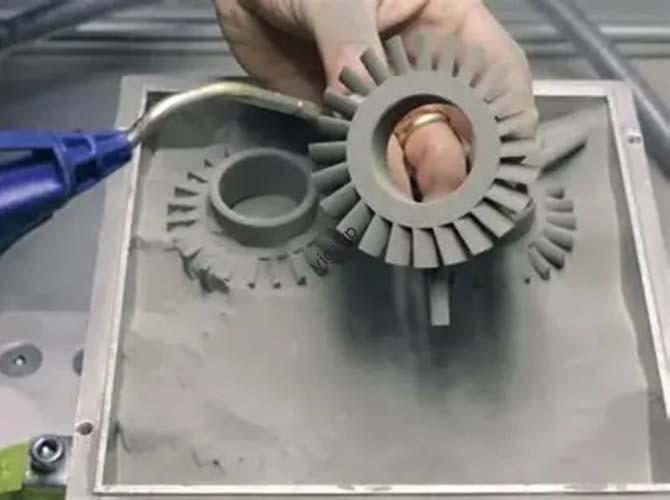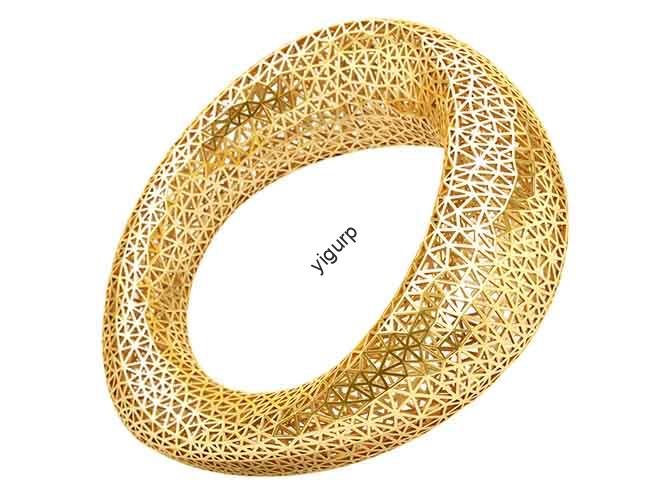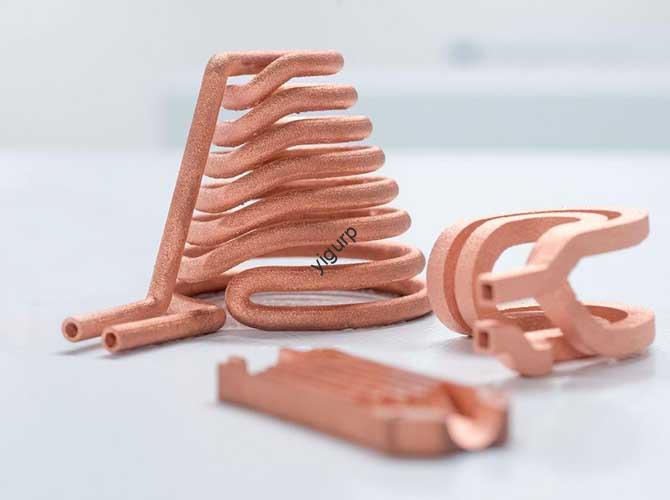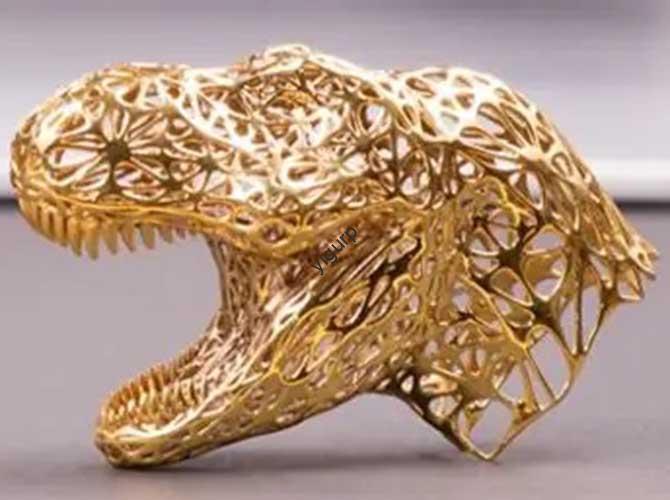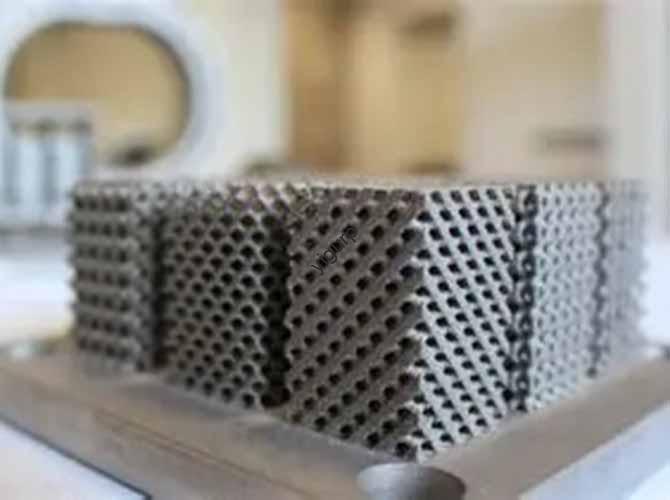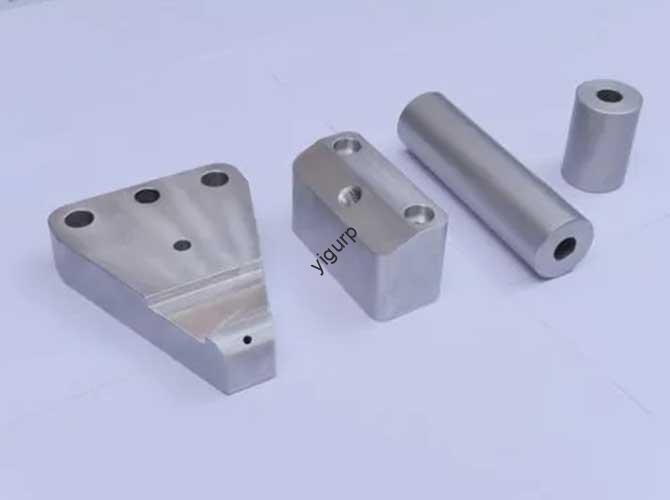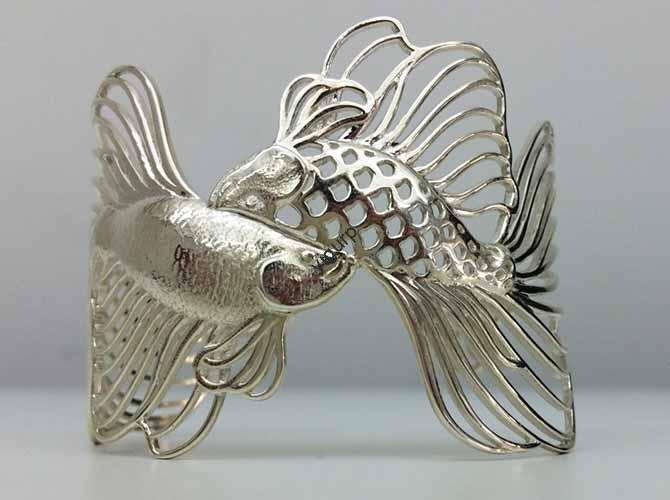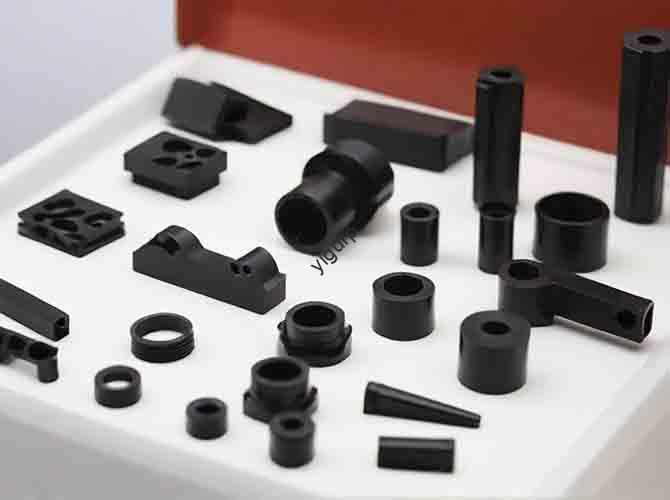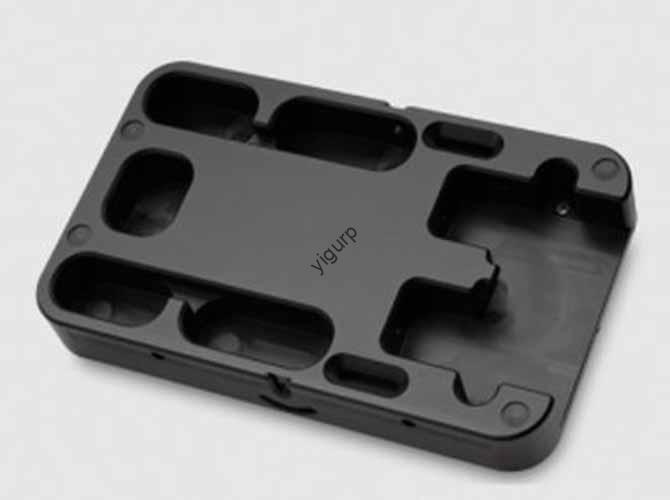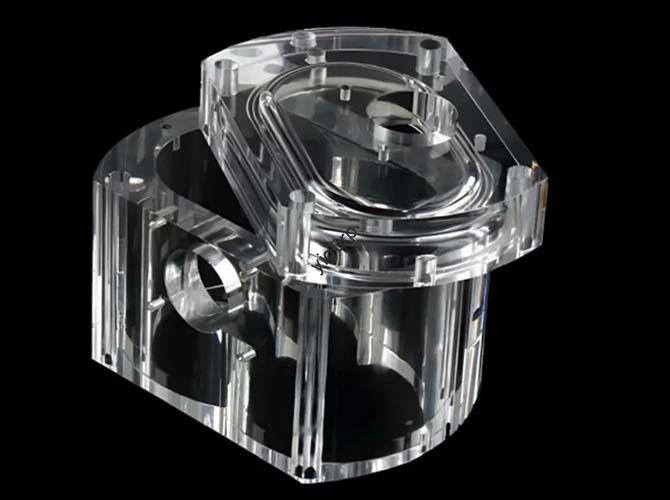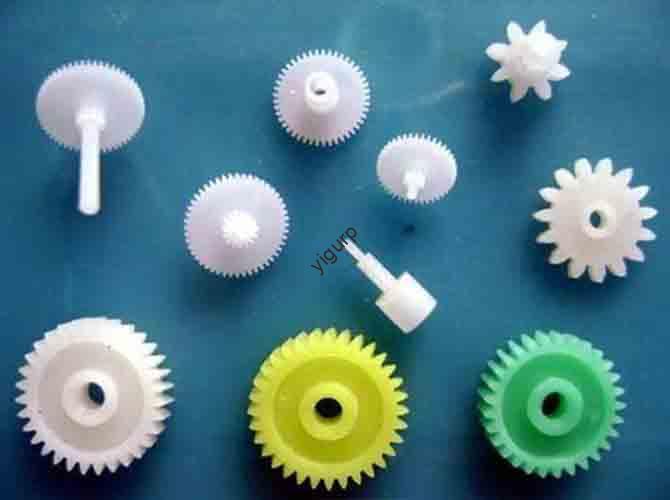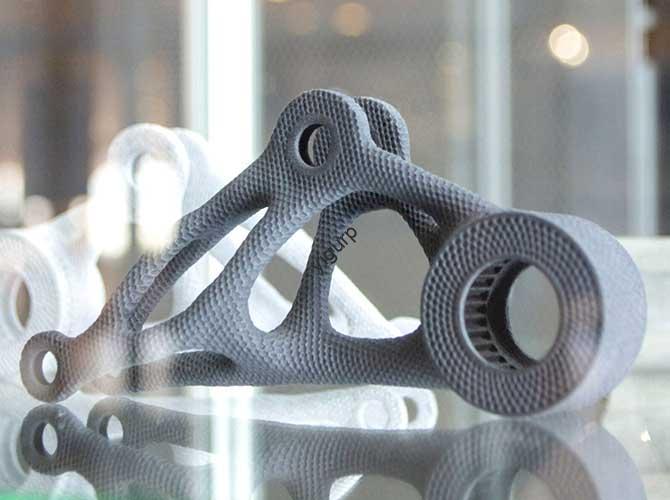What Is Gravity Die Casting and How to Leverage Its Advantages in Manufacturing?
Fundição por gravidade (também conhecido como fundição em molde permanente) é um processo fundamental de formação de metal que depende da força natural da gravidade para preencher as cavidades do molde com metal fundido. Ao contrário da fundição sob pressão, evita sistemas de pressão complexos, making it a cost-effective and reliable choice for specific industrial scenarios—especially for thick-walled parts requiring heat treatment […]
